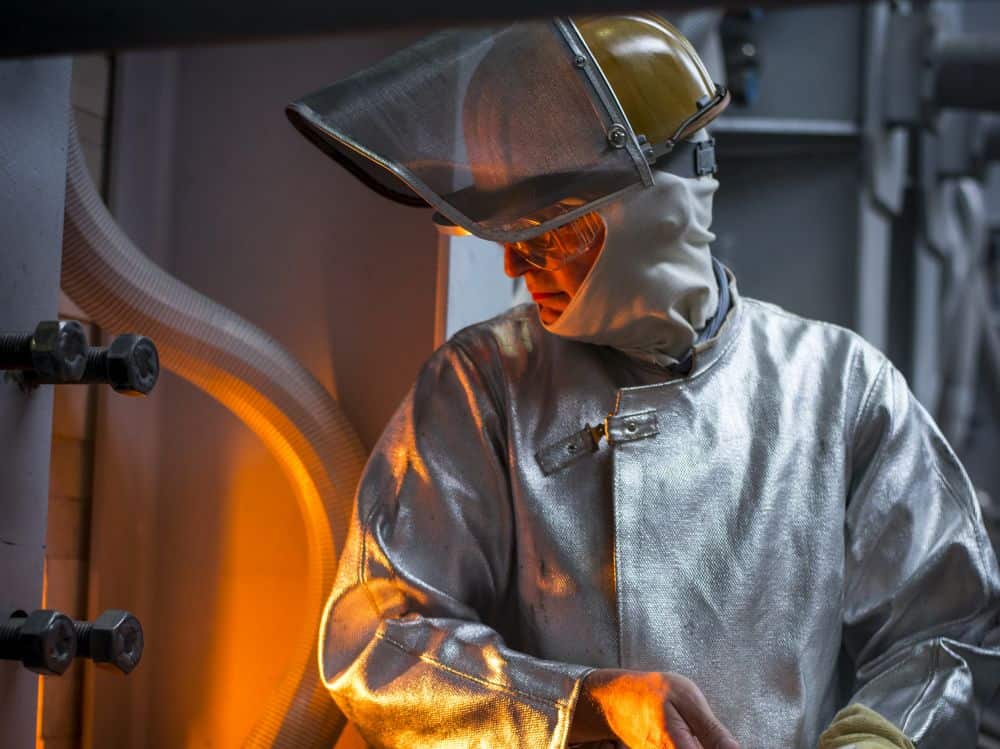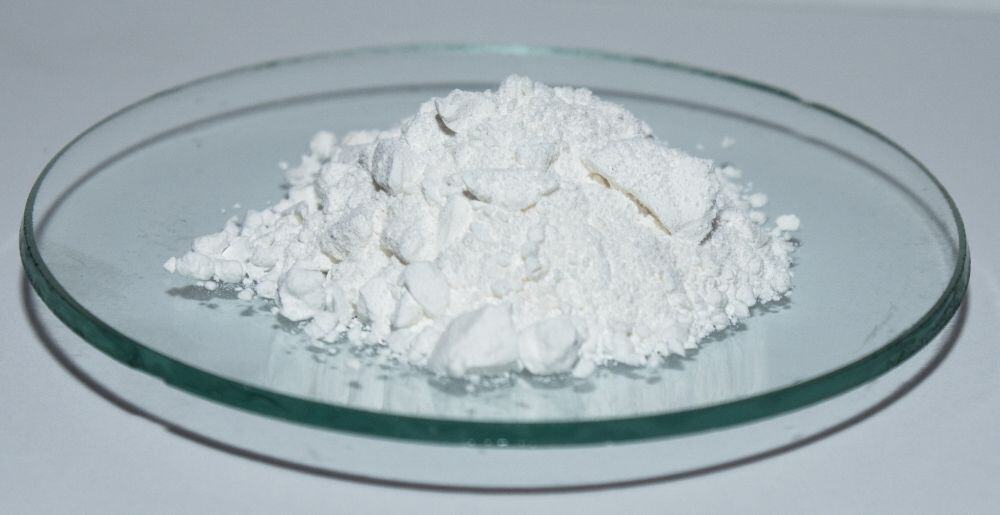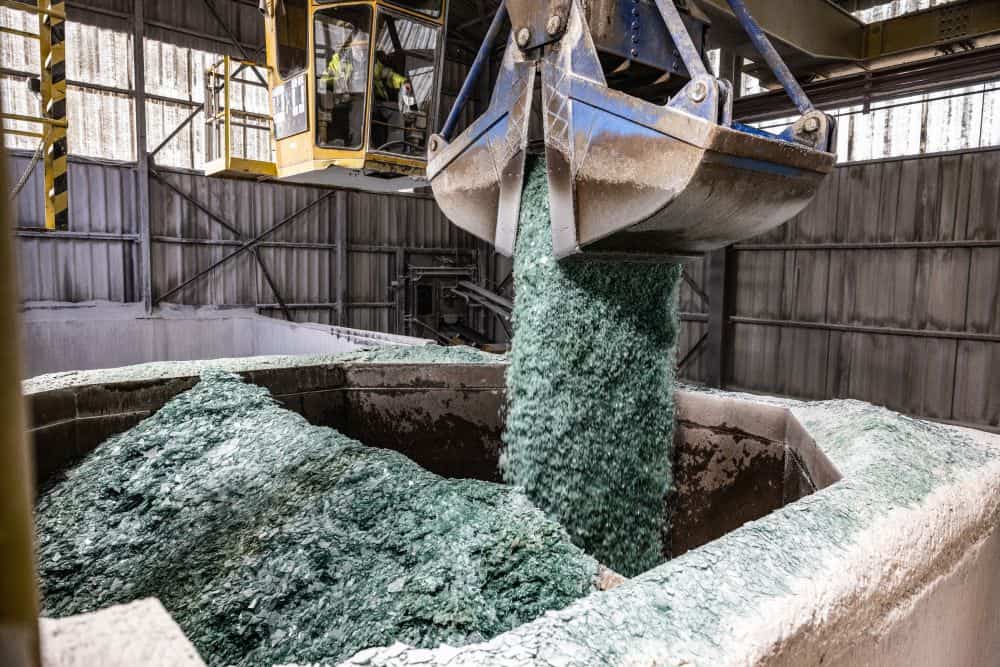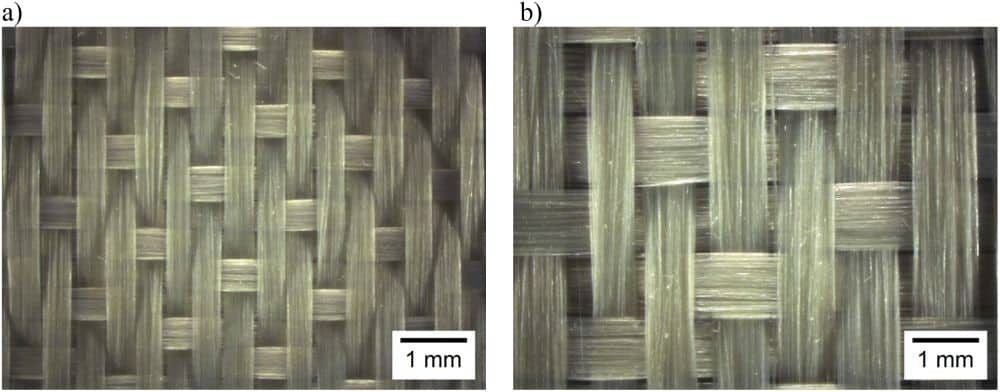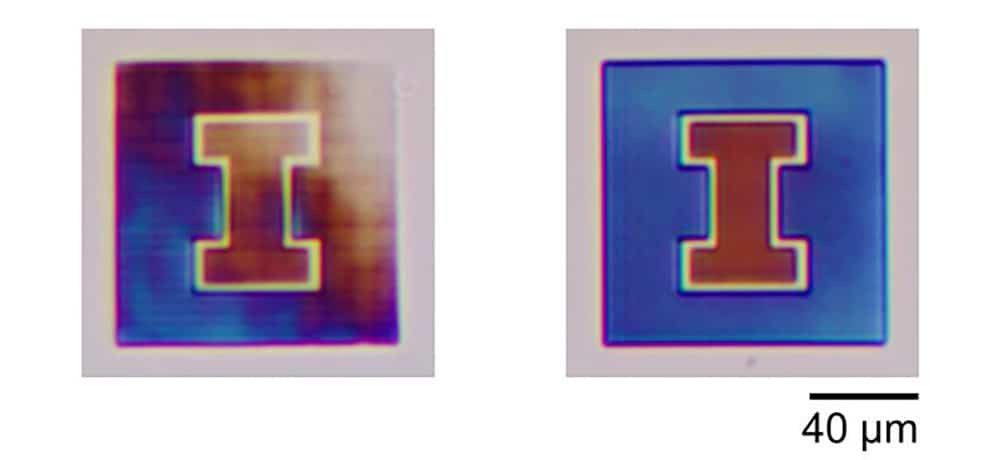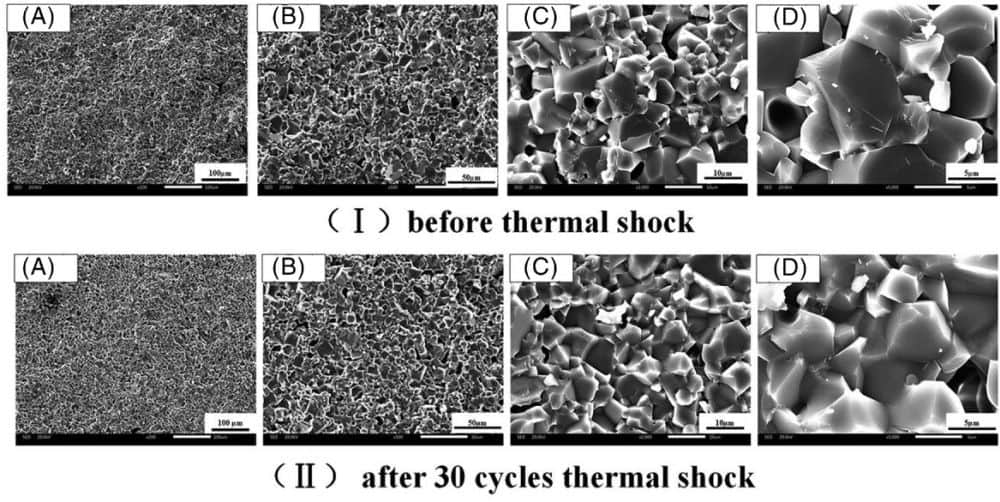In recent years, several glass companies have started experimenting with replacing natural gas with hydrogen in glass production. The results from these tests are promising.
Read MoreSeveral oxides are routinely used as sintering aids in the fabrication of zirconia toughened alumina. While the individual effects of these oxides are well recorded, the effect of multiple oxide inclusions is unclear. Researchers from several institutions in Bangladesh investigated the combined effect of these oxides on the zirconia toughened alumina system.
Read MoreCurrent methods for controlling “runaway” thermal reactions such as combustion and pyrolysis remain rather rudimentary. Researchers led by North Carolina State University developed a new nanocoating that, when applied to a material before combustion, allows for the reaction rate and direction of ignition propagation to be controlled.
Read MoreLithium metazirconate (LZO) has demonstrated promise as an electrode coating in solid-state batteries, and some researchers are exploring the use of LZO as a solid-state electrolyte itself. However, to date, all electrochemical testing on LZO for this application has been performed on pressed discs rather than thin films. Researchers in Argentina and Spain developed an aqueous forming route to obtain LZO films by tape casting.
Read MoreCar windows that are damaged beyond repair have to date been reused for less demanding purposes, such as bottles or insulation. A pilot project led by the Audi Group showed defective car glass can be recycled successfully back into new windshields, and the company plans to shift this glass into standard production starting September 2023.
Read MoreBalancing cost and quality is an important consideration for manufacturers and researchers looking to commercialize their innovations. Researchers in Germany explored the tradeoffs that come with creating all-oxide ceramic matrix composites from fiber bundles with higher filament counts.
Read MoreSignificant progress in creating optics with nonuniform (gradient) refractive indices has been made over the past two decades. In 2020, researchers at the University of Illinois Urbana-Champaign proposed a unique way to use direct laser writing to achieve even greater control over the refractive index. A new open-access paper details refinements to their so-called SCRIBE method.
Read MoreVerifying the purity of ultrahigh-purity materials can be a challenge. Researchers in Italy and Norway developed a new analytical protocol based on laser ablation paired with inductively coupled plasma mass spectrometry to determine the purity of silicon carbide.
Read MoreAfter a series of delays, the United Kingdom finally announced its strategy, as well as a new Japanese partnership, for supporting the semiconductor industry. Details of these plans—as well as industry response so far—are given in today’s CTT.
Read MoreStarting materials can often be derived from different sources, but the impact that material source has on a product’s properties is generally less studied than other factors, such as synthesis technique. Researchers from Wuhan University of Technology explored the effect of different magnesium sources on the production of magnesium aluminate spinel.
Read More
